
According to maintenance professionals
Located in Nerima, Tokyo, "bottomline" is a pro shop that opened in 2004 and has been doing tune-ups for over 15 years.
We have maintained the favorite boards of countless skiers and snowboarders. Owner Tomoyuki Tabata thinks about the skis brought into the store.
for improvement in the way you ride, given the scratches
here... " Did you choose this board?”
and so on.
If you look at the board, you can see at a glance what kind of skiing the rider is aiming for and how they are riding.
And I can understand the problems surrounding riders' skis. That's why I want to tell users something. Mr. Tabata has even set up , where he serves freshly ground authentic coffee to customers, tunes them up, and talks about various things. For users, it can be a stimulating story, unfamiliar expertise, or a way of thinking that gives them a new perspective.
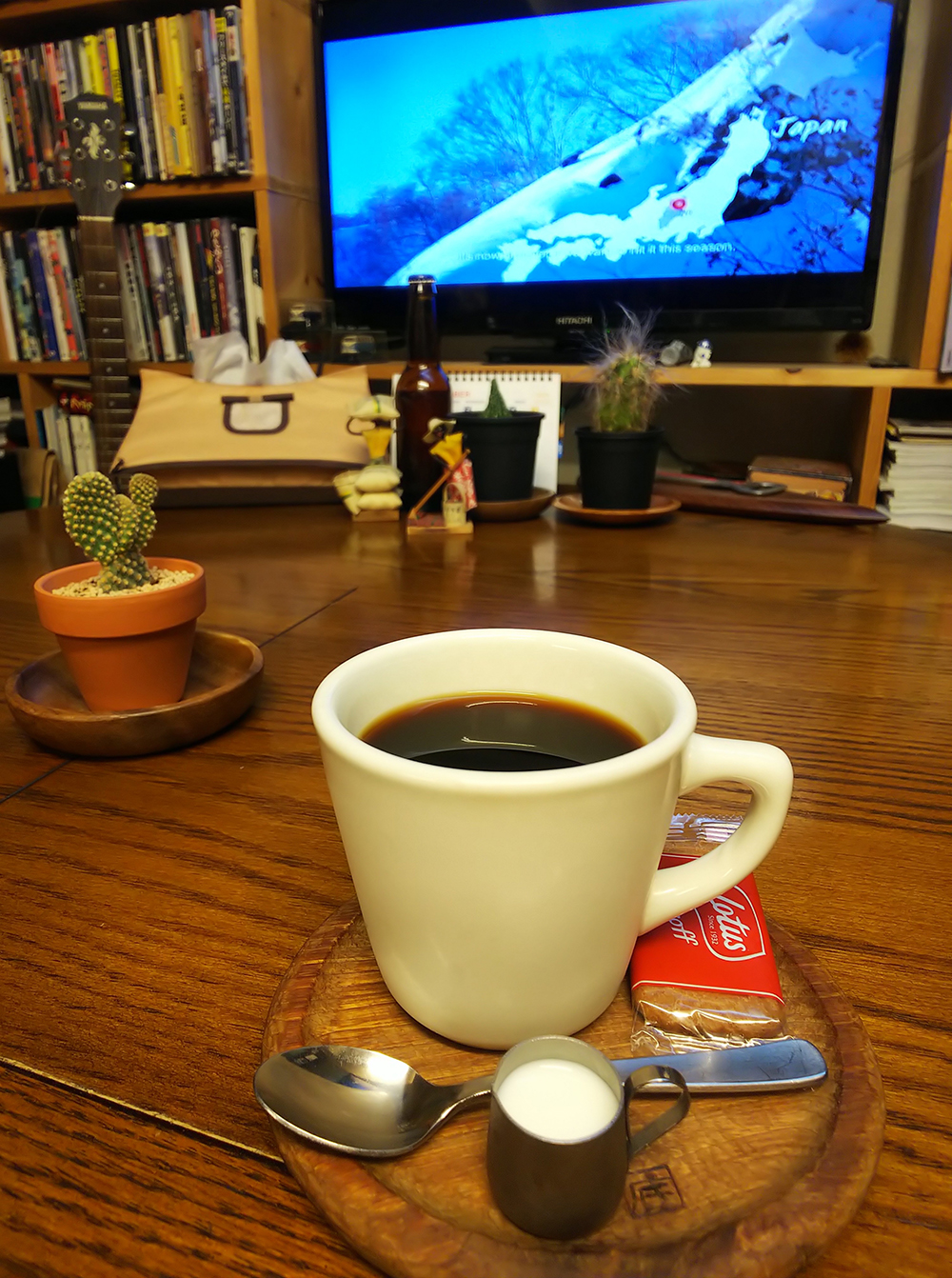
So, let's move the cafe space to <STEEP> for a while and have Mr. Tabata talk about it.
“If I knew a little more about these things, skiing would be more fun.
The first Topic_1 is
"Selecting pre-season skis and for those who are about to buy skis".
For those skiers who want to go to the backcountry (hereinafter referred to as BC), want to ski powder better, but don't know what kind of board is good, Mr. Tabata's points to know when buying new skis. received.
Assuming powder, BC, and freeride-oriented people, when choosing new skis, mind ...
Overseas brands are designed for large westerners
I always think about one thing when I choose skis.
There are many overseas brands of skis sold at ski shops. In particular, we would like you to pay attention to the fact that skis and fat skis from Germany, Austria, the United States, and any other overseas brands are basically designed for their own country or the large European and American markets. In other words, it is designed for the large physique of Westerners. Then, judging from the length, even if I thought, "I can speed up at 188 cm," I couldn't step on the board.
It's natural that something designed for a physique like 190 cm tall and weighing 80 or 90 kg wouldn't be enough for Japanese people who aren't that big on average. If you choose only by length, brand, and thickness, you won't be able to ride it. I can ride it, but I can't bring out the fun. So when you buy it, you should pay attention to that part. Around 170 cm and 60 to 70 kg, which is common among Japanese men, is about the size of a large foreign woman. That's why women's items are also an option. Because it can be a board that is easy to ride. When choosing a board, it's better to talk to the store staff about men's boards and women's boards.
Then, let's assume that there are 3 sizes in length. If there were 170, 180, and 190, it would be better to assume how tall the Westerners who are targeted by those three lengths are. In other words, 190 is for the biggest man overseas and the fastest.
I think there are many people in Japan who end up choosing overspecs. It's easy to think that longer is better for powder, but that's not the case. 180cm is for middle-sized people overseas, and 170cm is for small people. For those of you who think that the longer you go, the more you can float, stop for a moment and think about it.
As a result, BC makes it easier to handle tight boards such as trees, so you can enjoy and feel comfortable skating. It would be nice to consult with the shop staff up to that point. I think you should always think about your physique without being deceived by the brand or length.
In addition to your weight, the weight of the backpack is added, but it goes without saying that the important thing is the balance with the operability of the board.

slope or mountain
The other is a slope or a mountain.
It's a common story, but if you ride it at a test ride event on the slopes, you'll be able to ride it even if it's long, hard, or heavy, thanks to the lift.
If you buy a good board there and go to BC with it, you're going to have a good time. Climb with your luggage on your back and use your physical strength to slide down slopes of various snow types.
The top may be powder, but when you come from the middle of the mountain to the bottom, it will be crusted and bumpy. Considering the fatigue and slippage of hiking up, if you choose a model that you think is good on the slopes, it will be overspec. So, if riding in the mountains is the main thing, you can drop one rank. For example, you could drop the length by one size or choose something with a softer flex. In any case, if you don't buy on the assumption that it's not on the slopes, there are quite a few things that are different from what you imagined and fail. "I was in good shape on the slopes, but when I went to the mountains, my speed was too high and I couldn't ski as much as I wanted. I regret it."
If it's the first challenge of "I want to try backcountry"
If it's your first time backcountry skiing, of course you can buy new skis for BC, but first of all, it's better to use what you can use with the equipment you have now.
If you don't use the tools you're used to, you won't be able to use them even if you suddenly take a new one to the mountains. If you don't have a lot of racing boards, I think you can try going to BC with your own skis at first. Once you experience snowshoeing with a board on your back, you will learn many things and understand what you need.
It's too heavy to carry a board on my back, so maybe I should buy a ski with metal fittings that I can climb. It doesn't mean that you can't go unless you have BC skis from the beginning, so why don't you ask the guide if it's your first time?
The skis I'm used to are carving skis with a waist of several millimeters. Can I still participate in the tour? And if you decide to buy new skis, you should tell the store exactly what kind of skiing you've done, where you want to ski, your physique and physical strength. It would be nice to choose a shop where you can get on with that kind of consultation.
And when you get a new pair of skis, first get them on the slopes and let your body get used to them. You never know what will happen in the mountains. There is a possibility that you won't be able to ride it, so it's better to do a thorough break-in on the slopes. There are people who are neglecting this. When you come to the mountains and say, "I'm wearing these shoes for the first time today, I'm going to put a sticker on them," it's definitely hard work, it's not fun, and it's dangerous.
What I feel most is that skiing is a vehicle. Do you want to ride in the city or go off-road? Thinking about skis like choosing a car gives you an idea of what kind of board is best.
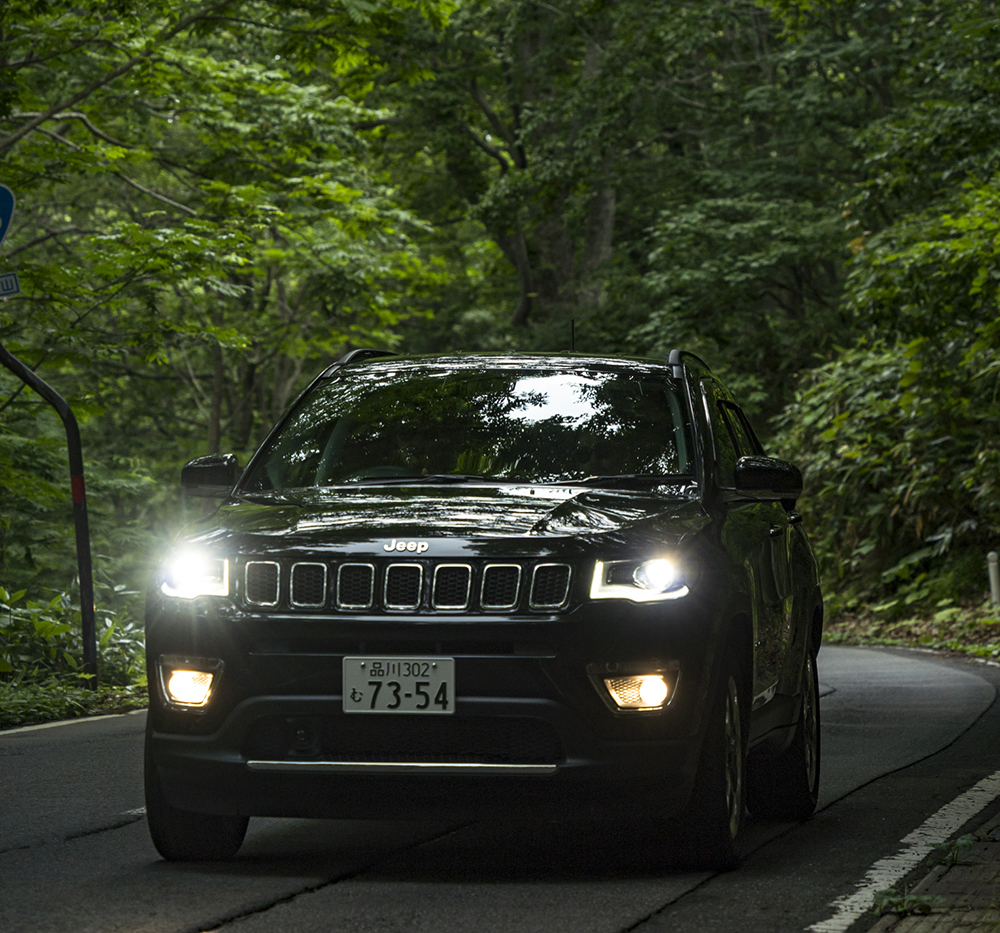
ski is a vehicle
In racing, skis are said to be a material, but in my case it's more like a "vehicle".
Skiing transports us into the wilderness of silvery white, and allows us to encounter landscapes we have never seen before. It's a vehicle in that sense, but I think it's the same as a car in the sense that it's important where you drive, how you want to ride, and how you want to use it.
Whether you want to ride in the city or off-road, whether you want to use it for shopping or for anything, do you want it to be agile, big and sturdy, or what kind of trip do you want to go on? If you choose skis like you choose a car, it will be easier for you to imagine what kind of board you want.
The first one is...
I hope there is one waist 90mm range. The image is a station wagon-like 4WD. It can handle rough roads and can carry luggage. All-rounder that can run even a little unevenness, yet it can carry luggage. If you have one such mid-fat first, you can use it on the slopes or in the mountains.

If the waist is 100mm or more, it feels like a recently popular SUV, and if it exceeds 120mm, it is an image of an off-road 4WD that can run in the desert, such as jeeps and rankles, which is even more powerful among SUVs. With that in mind, the 90mm range, which handles smoothly on and off, is recommended as the first one.
If you don't switch, the tail doesn't have to be up.
A light kick is fine, but the tail should be straight and I don't think you need rocker. Related articles to read together
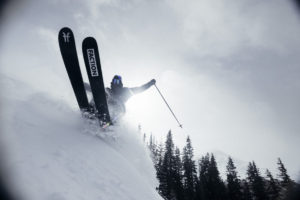
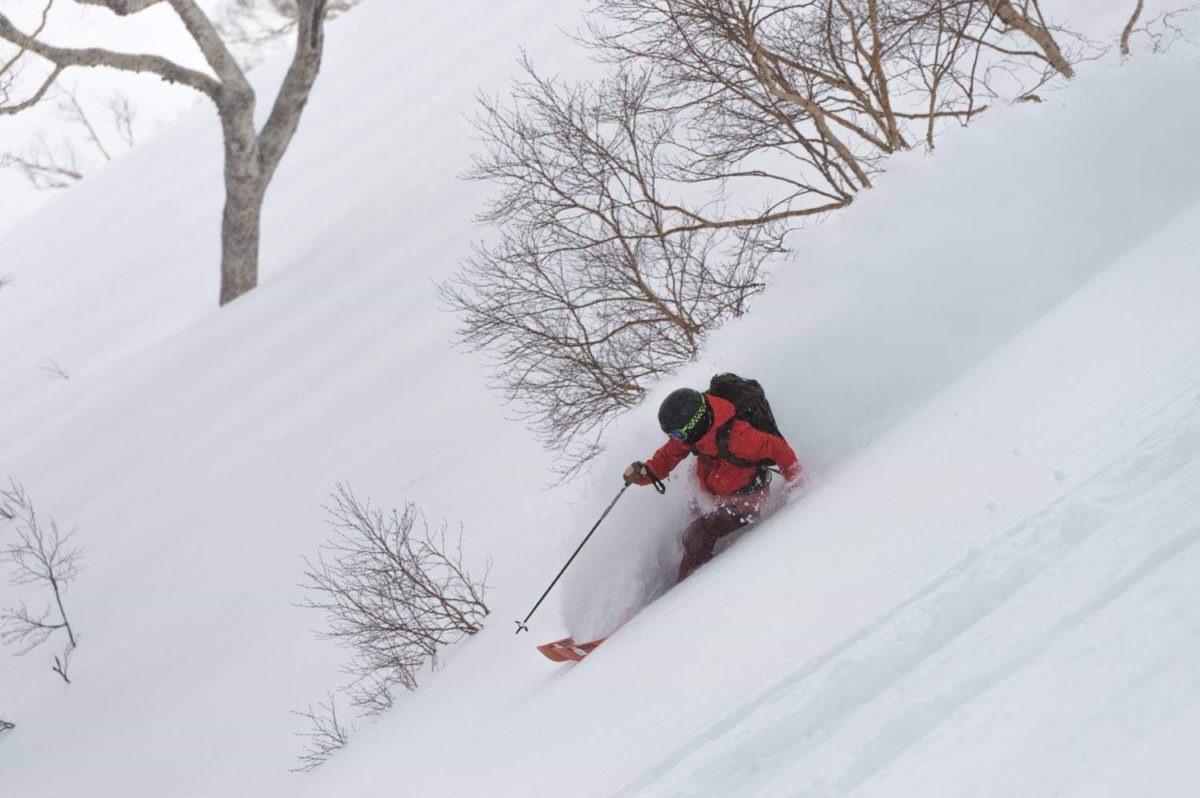
If you own a car, there are things you need to do to make it more comfortable and safer. What do you think? Let's think about it by applying it to the three elements of the basic performance of a car: running, stopping, and turning.
The basic performance of a car consists of three elements: running, stopping, and turning. If they don't work and are jerky, it won't work.
The wax you need to "run" well
In the sense of "running," skis need wax to run well.
It's like engine oil in a car. I'm not going to race, so I don't need to add expensive engine oil. It is important to change the oil properly to keep the engine running. It's the same with skis, you don't need to apply a special wax, just apply a basic wax that's suitable for the temperature range. When the running surface becomes white and dry after slipping, it means that the engine oil in the car has run out and it has burned. There is also wax to protect the running surface. When the wax disappears, the running surface is directly exposed and friction with the snow surface increases. If this happens, the board will not run cleanly.
If you can't "stop" properly, you can't keep safety.
If the edge is rounded, it will not stop on the ice burn.
When considering the basic performance of the car, the edge is in charge of the part that acts as a brake for "stopping". Just like a car with bad brakes is dangerous, skis with bad edges are dangerous. It's fine if the opponent is only fresh snow, but there are various types of snow on the slopes and BC. If it is not an edge that can be used properly, the stopping function cannot be fully achieved. Brakes must be maintained.
What you need to "turn" as you want
The relationship between the edge and the running surface comes out in the "turning" part. There is a certain amount of play in the so-called steering wheel of a car. Racing cars don't have a lot of play, they're very severe cornering and so on. That's because it's a race, a world of extremes where you compete for time. But a passenger car can't run properly without play.
Then, if you don't create play in the shape of the edge of the ski and the running surface, you won't be able to handle various turns, and if there is play, it will be easier to ski in various burns.
If you add an angle to the edge, especially the base edge, the handle will be playful and it will be easy to turn moderately. Most new skis have 90 degree edges and a flat finish. It still moves and turns, but in order to make it easier to turn, give the steering some play. Customizing it will make it more comfortable and easier to bend. However, it is a little difficult to do by yourself. This angle setting should be done at a tune-up shop.
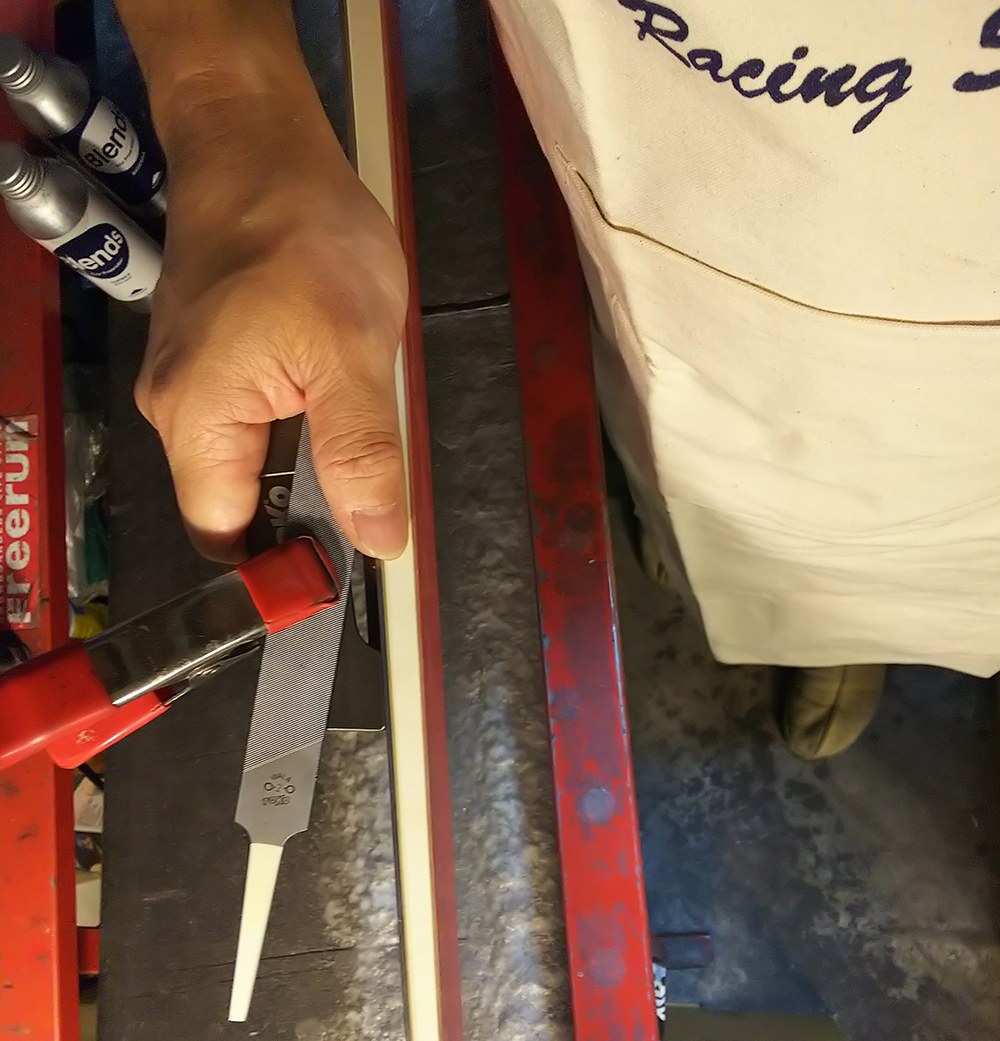
To do three things: run, stop, and turn
Running, stopping, and turning are the basics of a vehicle. It is important to do these three things well. The only thing you can do yourself is the oil change wax. Ask a professional for tips on how to do it.
Regarding the stopping brakes and edges, you can do it yourself, but you will need a special tune-up table and tools, so it would be better to leave the adjustment of the relationship between the sliding surface and edges for turning to a professional. .
At that time, you have to talk properly and tell them how to play. Otherwise, the finish will be difficult to bend. If you use a tune-up, you will be able to ride the vehicle the way you want it to be.
If you compare it with a car in this way, I think it will be easier to understand that there are many overlapping parts.
From the next topic_2 onwards, I will talk about wax knowledge related to "running, stopping, turning", how to apply wax, handling of edges, relationship with the sliding surface, and tune-up based on the intention of sliding. I'm going to talk.
bottomline
http://bottom-line.jp
“The name of the store is ``bottomline'' because it is an image of a ``top-to-bottom'' skiing line. Rather, I wanted to make it a store for ordinary users, including the bottom layer. I want to listen to the sound of the engine like a local bike shop and think, ``Isn't this the cause of the problem?
Profile
Tomoyuki Tabata
Born in 1967, from Chiba Prefecture. In the late 90's, he was enrolled in a ski shop in Jiyugaoka at the time. After that, he learned TUNE-UP and opened a store "bottomline" in 2004 that fused them.
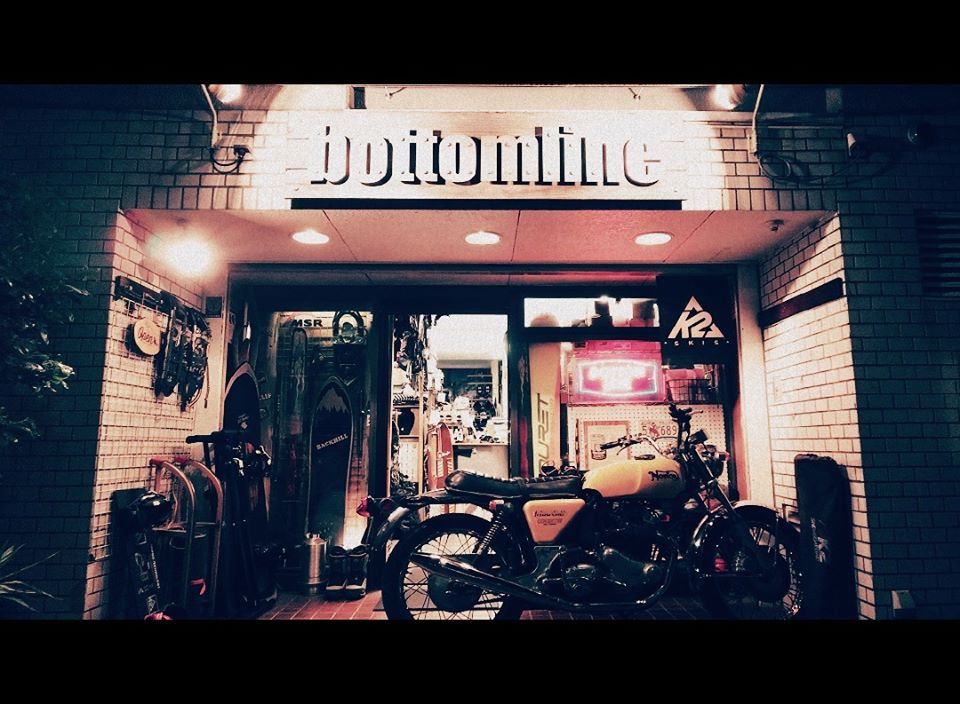
the person who taught me : Tomoyuki Tabata (bottomline) Composition: STEEP Editorial Department

